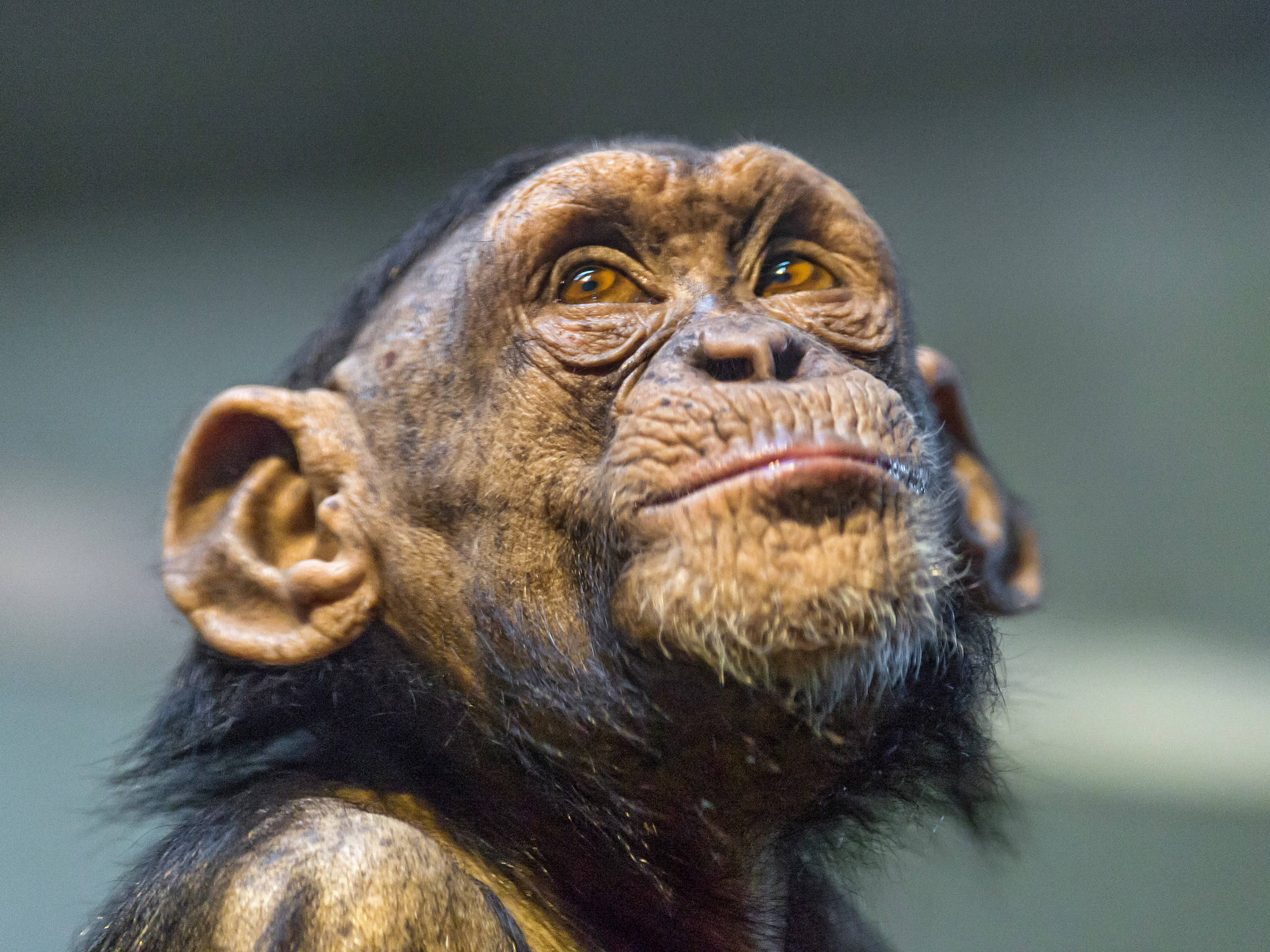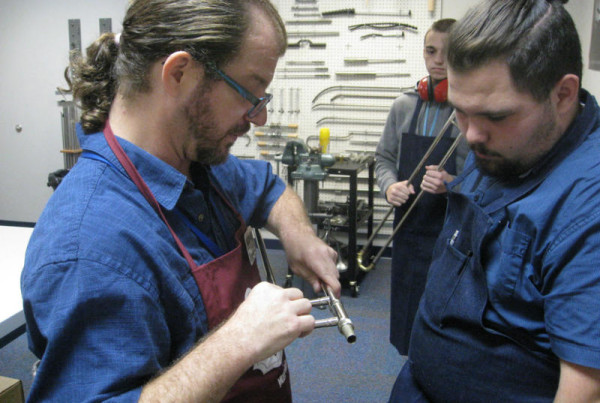Two years after the National Institutes of Health retired hundreds of chimps, those that have still been a part of research programs are in Texas, at the Southwest National Primate Research Center in San Antonio and at a facility in Central Texas owned by the University of Texas MD Anderson Center.
The Keeling Center for Comparative Medicine and Research in Bastrop has 139 chimps, all owned by the government. They will be out of service soon, but it’s not quite clear where they’ll go since few sanctuaries accept research chimps and many of those that do are full.
Dr. Chris Abee directs the Keeling Center. He says that historically, chimpanzees have been used for medical research projects like the development of a vaccine for Hepatitis.
“But in recent years, in fact since 2012, our chimpanzees have participated in what are called non-invasive behavioral studies in which they voluntarily participate,” Abee says.
So, how does a chimpanzee volunteer to participate in research? Abee says the animals are not forced to do any of the experiments.
“For example, we have a study that involves social learning, in which chimpanzees are given the opportunity to solve a food puzzle,” he says. “They can either decide to solve the food puzzle or not participate, it’s their choice.”
If a chimpanzee does decide to try the food puzzle, then he or she is studied, to see if other observing chimpanzees “can learn from watching their fellow chimpanzee solve the puzzle.”
Abee says that the chimpanzees’ fate rests with the decisions made by NIH leadership, and the Keeling Center is still waiting on the verdict.
“It’s important to understand that the chimpanzees at the Keeling Center have been there for more than 35 years and they’re in well-formed, well-established family groups,” he says.
Abee says he has concerns about moving the chimpanzees anywhere, even to the national sanctuary in Shreveport, Louisiana.
“In order to move them cross-country, they would have to be shipped and they would be subjected to new surroundings, which will be stressful,” he says.
Abee says there’s not room to accommodate all the newly retired chimpanzees.
“What that will mean is that the sanctuary will have to build new facilities at significant cost, probably in the millions,” he says, “While other facilities, such as the facilities at the Keeling Center, those habitats would go empty.”
Habitats, which Abee reminds, were paid for by taxpayer dollars. So why not turn the Keeling Center into a sanctuary?
“I’ve wondered the same thing,” Abee says.

















